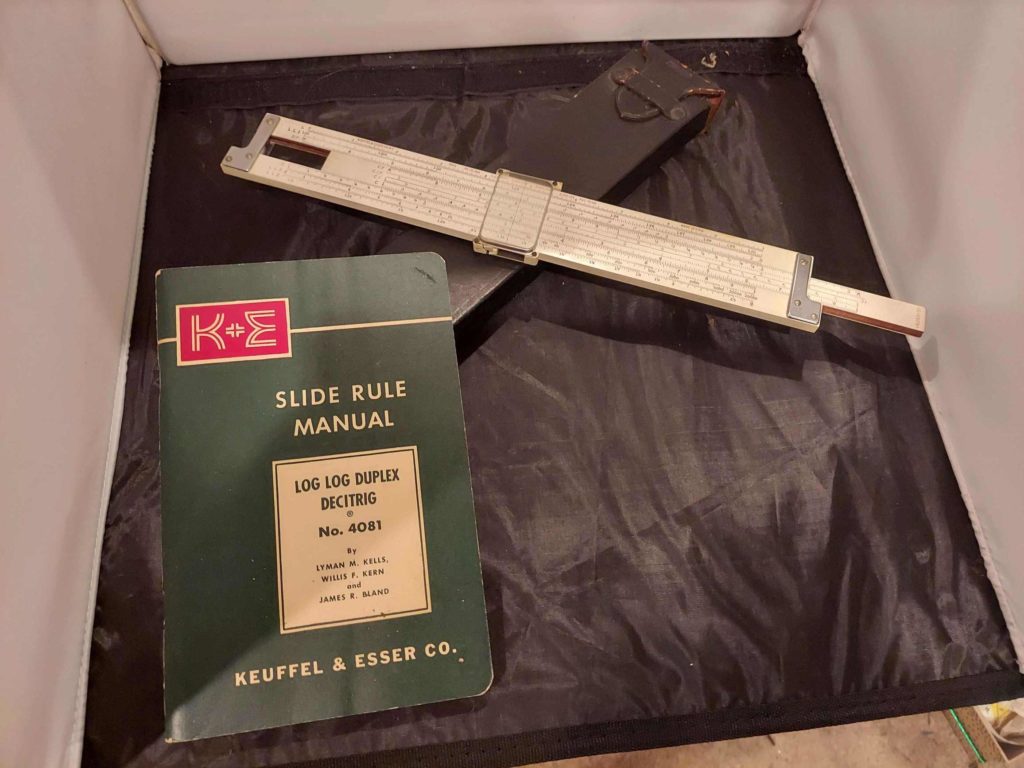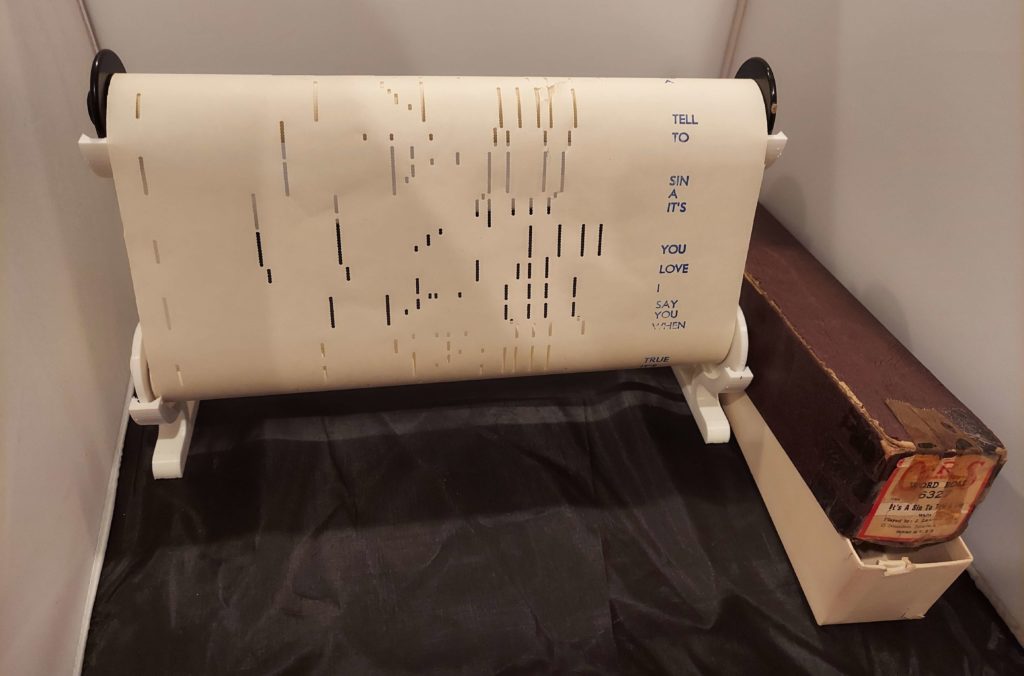
These were the calculators of the early 20th century.
To really appreciate the benefits of the Digital Revolution, it helps to take a look at the state-of-the-art in personal calculating devices in the mid-20th century. Slide rules — very precisely manufactured sliding rulers with markings in various mathematical scales — were how engineering was done, back in the day. (I have reliable reports from the era that engineers would sometimes carry their slide rules in holsters, like we might carry smartphones.)
These are thoroughgoing analog devices. Input and readout are both analog, and the number of significant figures tends to be more a function of both the user’s eyesight and their chutzpah. The input numbers are lined up along various scales, and the result is read on others with the help of the hairline cursor. One SF of precision is easy to get. Two isn’t difficult, even for a novice. Three is doable; four is dubious (without techniques like splitting the problem up). Anyone claiming five or more without a complicated process is probably trolling you.
Slide rules quickly went out of fashion with the advent of the portable digital calculator around the late 1960s/early 1970s. While a skilled slide-rule user could do many more operations than someone with a simple four-function electronic calculator, scientific calculator models with trigonometry, exponents, logarithms, and more meant a quick end to the reign of the slide rule. The technology is still holding on in general aviation with the E6B Flight Computer, but even that’s on the way out. ForeFlight and similar apps are far more capable and intuitive.
Nevertheless, slide rules helped design the machines that built the modern age.


